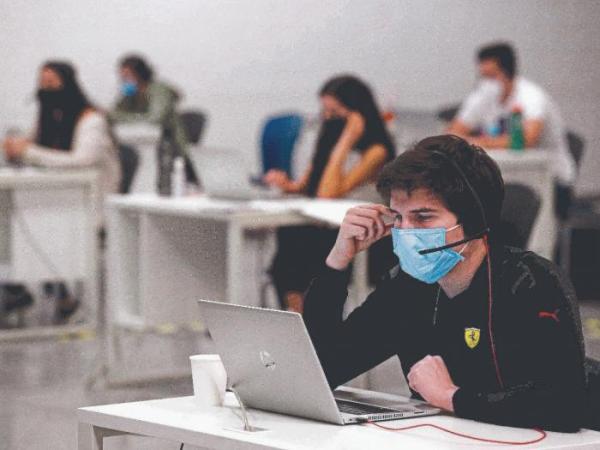Since the health emergency, the penetration of new work modalities has increased considerably. According to the MinTIC, in 2020 more than 209,000 teleworkers were reached.
However, although many companies have adopted a new dynamic regarding the place of performance of their employees, There is still misinformation and confusion about the scope of these modalities, their differences and, above all, their benefits and obligations described by the Colombian code. With this in mind, Softland, a business management solutions company, provides clarity on their differences and characteristics:
Work at home: modality that is described under a certain time thanks to a special situation that does not allow the development of activities in the physical workplace. This dynamic lasts for 3 months unless it is renewed by the employer and it is important to highlight that the employee does not have decision-making power about returning to the offices and must do so when notified.
Remote Work: What Employees Want and What Companies Are Offering.
The working day must be the same as that described in the contract and in the event that the person earns less than two SMLV, the transportation aid will become a connectivity aid.
Telecommuting: This format must be signed virtually or physically voluntarily by both parties and has a duration defined by the employer, it can be indefinitely or for a specific time. In this modality, the use of information technologies for the development of functions is essential.
Regarding the return to the offices, employees hired under this modality do not have the right to request entry to face-to-face work, only those who were already face-to-face and turned to teleworking. However, the employer has the power to summon them to specific cases in person as training.
Like working at home, the transportation aid may become the connectivity aid depending on your income.
Remote work: modality defined by an exclusive digitally signed agreement for people residing in Colombia, this format, like the hiring contract, can be for an indefinite period of time and employees do not have the right to demand entry to face-to-face attendance.
Unlike the previous modalities, the worker does not have a transport aid. However, in the latest legislation, the Government designated an electricity and internet allowance for all remote workers regardless of their income. The aid amount must be greater than or equal to the transportation amount.
Collaborators framed under this modality may only be summoned to specific cases in person, for computer services that require adjustments in work teams or wellness activities.
(Follow the debate on hybrid work and attendance).
Unlike other modalities, employees who have care responsibilities for first-degree relatives under 14 years of age or with a disability, have the right to establish, with the employer, a schedule compatible with their care activities.
In a transversal way, the three modalities have the right to disconnect, Law 2191 of 2022 allows the employee to avoid contact with any technological device outside of their working hours, with only a few exceptions.
Likewise, the three formats must notify the ARLs of your residence address as a precaution in case of any work-related accident or illness.
According to the latest data from the ICT Ministry in the public sector, within a satisfactory perception, 53% of employees work from home, 41% telework and 6% do remote work.
Indicators like these show that, although the return to face-to-face training is a reality, companies with the ability to adapt to different modalities will be more attractive and valued by employees as it is an emotional salary of great importance. Companies like Softland make it easier for companies to be digitally prepared for these modalities, with technologies like Softland HCM that allow each of the Human Resources processes to be managed; from recruitment, selection, training, evaluation, climate, health and safety at work. In this way, not only are all the processes managed efficiently, but also being able to retain talent regardless of the type of work they are in.
In this sense, it is essential that there are digital transformation projects within companies in favor of the correct development and integration of their employees from different workspaces, whether physical or digital.







